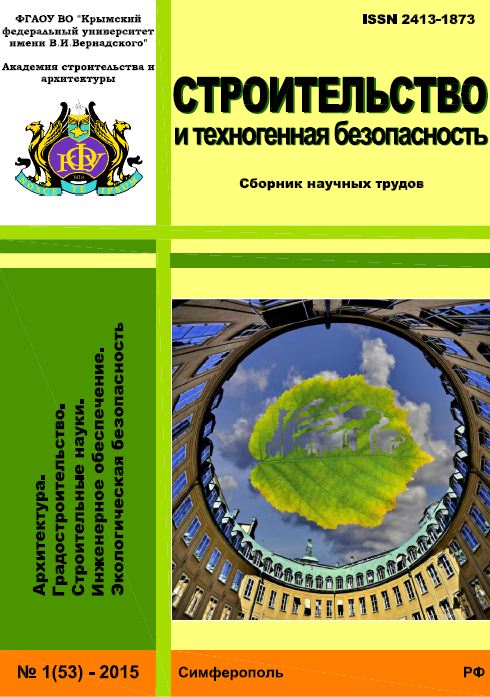The paper presents a list and analysis of the design of clean drinking water tanks, which have become widespread in the systems of household drinking, industrial, fire-fighting water supply. Subject of research: Reservoirs of clean drinking water, erected in various ways and made of various materials. Materials and methods: The work summarizes reference data, data from sites of modern equipment that implement tanks of various design designs, presents material on the stage Materials and methods: The paper summarizes reference data, data from sites of modern equipment that implement tanks of various design designs, presents material on the stages of construction of tanks for various purposes Results: A table of summary data covering the ranges of capacities of clean drinking water tanks has been compiled, with the definition of the required area for each of them. The data presented in the work as a result of generalization, allows at the stage of preliminary calculations to determine the necessary parameters for the placement of clean water reservoirs: (the area of the cutting of the vegetation layer, the depth of the excavation, the volume of excavation, etc.). Conclusions: The research results allow us to obtain a summary table of RFV data that allows us to determine the type and structural elements of storage equipment, the presented material is useful for students, specialists of design and operational organizations.
Clean water tanks, nominal volume, useful volume, area and dimensions of the RFV, the design of the RFV, RFV equipment, the name of the volumes of water stored in the RFV, RFV from precast reinforced concrete elements, monolithic RFV, steel vertical RFV, steel horizontal RFV
1. Abramov N.N. Vodosnabzhenie. – M.: Stroyizdat, 1982. – 480 s.
2. Hangil'din R.I. Sostoyanie rezervuarnogo parka sistemy vodosnabzheniya v gorode Ufa / R. I. Hangil'din, I. V. Lapshakova, Yu. S. Rayzer, Ya. K. Silova
3. Krymova Yuliya. «Kak ochischayut vodu v Krymu».
4. SP 31.13330.2021. Svod pravil. Vodosnabzhenie. Naruzhnye seti i sooruzheniya [Tekst]. Aktualizirovannaya redakciya SNiP 2.04.02-84*. – Vved. 2022-28-01. – M.: Minstroy Rossii, 2021. – 155 s.
5. Nikolenko I.V. Metodika i analiz podbora nasosnyh agregatov dlya nasosnyh stanciy podkachki sistem vodosnabzheniya [Tekst] / I.V. Nikolenko, E.E. Kotovskaya
6. Nikolenko, I. V. Analiz metodik opredeleniya reguliruyuschey emkosti rezervuarov chistoy vody / I.V. Nikolenko, E. E. Kotovskaya // Stroitel'stvo i tehnogennaya bezopasnost'.– 2021.–№ 23(75).–S.79-88.
7. Katalog tipovyh proektov zdaniy i sooruzheniy vodosnabzheniya, 1979. Tom 3. Rezervuary, vodonapornye bashni, gradirni, prochie zdaniya i sooruzheniya.
8. Horuzhiy P.D., Tkachuk A.A, Batrak P.I Ekspluataciya sistem vodosnabzheniya i kanalizacii. Spravochnik – K.: Budivel'nik, 1993. – 232 s.
9. GOST 31385- 2016. Rezervuary vertikal'nye cilindricheskie stal'nye dlya nefti i nefteproduktov.
10. Stal'nye vertikal'nye rezervuary. Elektronnyy resurs: rezhim dostupa: https://gazovikoil.ru/(data obrascheniya: 20.02.2024).
11. Stal'nye gorizontal'nye rezervuary. Elektronnyy resurs: rezhim dostupa: https://glavrossnab.ru/product/gorizontalnye-rezervuary/(data obrascheniya: 27.02.2024).
12. Plastikovye emkosti STERH. Elektronnyy resurs: rezhim dostupa https://sterh-pf.ru/sterh_gor_3000.php./ (data obrascheniya: 06.03.2024).





